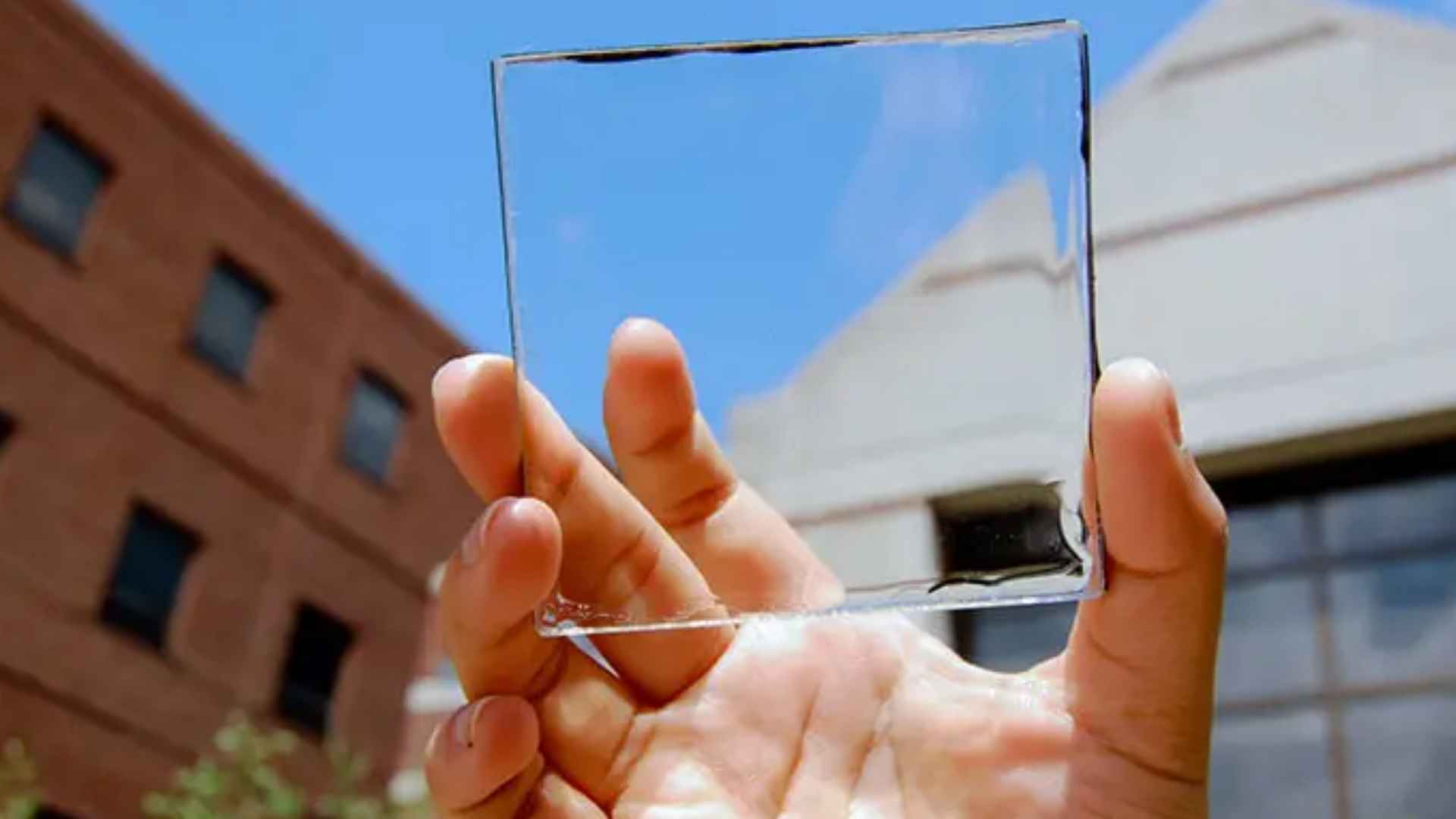Windows that let in sunlight and quietly make electricity? That’s the promise of smart, photovoltaic glass arriving in the United States, aiming to deliver clean energy without bulky rooftop gear.
For homeowners, office managers, and city planners, the appeal is simple: keep natural light, add power generation, and preserve the look of buildings. The catch? As with any new tech, there are trade‑offs you should know.
How photovoltaic smart glass turns ultraviolet and infrared light into power
Instead of gobbling up visible light like rooftop panels, transparent solar glass lets your rooms stay bright and targets wavelengths you can’t see—ultraviolet and infrared. Inside each pane, ultra‑thin layers (often including perovskite, a material also used in space tech like the James Webb Telescope) capture that invisible light and convert it to electricity. Sounds like sci‑fi? It’s closer to your living room than you think. Below is a quick comparison to help you spot the differences before you browse options.
| Type | Looks like | Energy conversion | Typical cost (per m²) | Best use cases |
|---|---|---|---|---|
| Fully transparent | Regular clear window | About 7–10% efficiency, preserves full daylight | Over $400 | Premium façades, design‑first projects |
| Semi‑transparent | Slightly tinted pane | Generally higher than fully transparent, varies | Around $80 | Balanced efficiency and aesthetics |
Remember: both integrate as regular glass, so your spaces don’t turn into dark boxes. Where solar glass is already showing up in the united states today? This isn’t a someday dream. It’s happening now in pilot projects and early deployments:
- Office towers using BIPV façades: building‑integrated photovoltaics that generate a portion of on‑site power without altering the skyline.
- Electric vehicles with solar glass roofs: trickle charging while parked to extend usable range.
- Smart‑city infrastructure: panes powering streetlights, transit signs, and kiosks without visible panels.
- Wearables and gadgets: niche devices sipping sunlight to reduce plug‑in charging.
Curious what it looks like in real life? From the sidewalk, it just looks like… windows.
Costs, efficiency, and durability trade‑offs to weigh before adoption carefully
There’s a “but.” Fully transparent panes can top $400/m², while semi‑transparent options hover near $80/m². Traditional rooftop panels routinely convert 20–25% of sunlight; transparent glass is around 7–10%. Consequently, payback depends on placement, climate, and energy prices. Durability matters too: some materials—perovskites included—need protection from humidity and time, so ask about warranties and expected lifespan. After all, you’re choosing part of your building envelope, not a gadget.
What to do next if you’re considering photovoltaic windows at home? Start with the basics: window orientation, shading, and local codes. Then request quotes that spell out expected output, efficiency range, warranty coverage, and maintenance needs. Thinking about curb appeal? Semi‑transparent glass offers a performance bump with only a subtle tint.
Using the glass you already need to quietly make power is a compelling step toward cleaner buildings—without changing how they look or feel.

